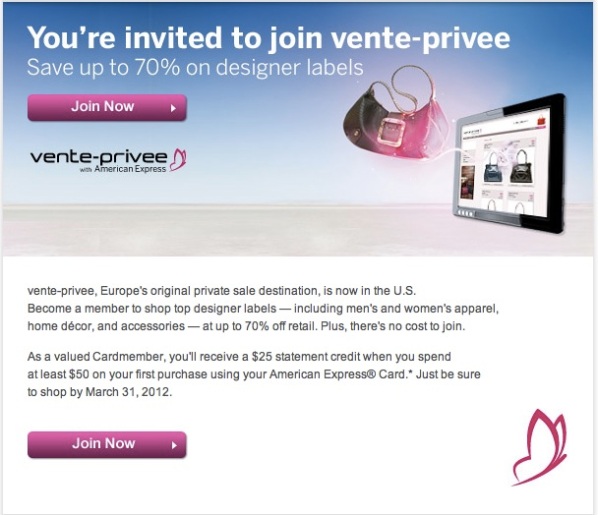The problem with the fight over SOPA is that no one is playing by the same rules. In fact, there are no rules and frequently people on the same side are fighting for completely different reasons.
In the media world, we have journalistically-minded companies who have spent a lifetime defending freedom of speech and fighting anything that seems to impair that right. In that world such freedom overshadows the original reason for the proposed rules, which was the fact that most of those companies are losing billions of dollars because their intellectual property is being stolen and reused by others for profit.
Then we have the Googles of the world, who beat the Freedom-of-Speech drum as well, but who really are among those who have built huge businesses on the back of every content creator with little or no compensation for their content. In their case, it’s Freedom-of-Profit and Growth that they are protecting.
Having Google out front defending the media on the SOPA issue is like having Larry Flynt be the point person defending Freedom of Speech in court. We like what he is saying, but is he the right person to make the case around?
While this is a fight about rights for the media, for Silicon Valley its really a fight about an entirely new economic structure that tech firms have built around managing and presenting other people’s content.
The real problem is we have no standards yet to build an intelligent discussion around gray areas. Right now this has become a black and white, for or against, issue. But like all things, there are going to be many ways to do this right and to do it wrong. But we don’t even have fundamental building blocks in place. We still haven’t defined, legally, what fair use is for content on the internet. That’s something we did a long time ago for print and broadcast media.
Imagine having this fight in the print world without any existing idea of what is fair use. None of us believe we should be able to sue someone for using a word or two that might be the same as two words in something we created last year. But in print that doesn’t happen, because their are rules that loosely define how much of an existing work or idea you can repeat with stealing an idea or creative work. And it’s a reasonable amount.
In television there are rules about how much video someone else can use from the creators of that video, and under what circumstances they can use it. Beyond that, intellectual property is protected.
In both cases the industries came together and agreed on fair use. Then they figured out how to protect appropriate activity.
With SOPA, the problem is everyone is shadow boxing against a massive grey cloud of “evil.”
In the digital universe we have not brought everyone together, and we need to. It’s ridiculous to provide massive powers to shut people down when we can’t even agree on what exactly they are doing wrong.
How about as a industry, content creators of all kinds, text, video, photographic, graphic, audio, get together and come up with realistic guidelines that allow for freedom of speech and expression to grow, even around our content, and yet still make sure that those who fund the content creation itself are reimbursed appropriately for what they have given the world? Let’s try to agree on what “fair use” is before we agree on how to punish people for not being fair.
It won’t be easy, the players in the many subsets of the content universe, music, newspapers, television all have had a hard time agreeing with each other about much simpler issues, but at least we’ll have a better idea of what we are trying to accomplish than we do now.
 If Kodak understood that they were in the business of helping people preserve memories or create art, the would have been in the forefront of the digital revolution. It’s the same issue the newspaper industry faced because they were so busy protecting a newspaper business model that was dying in front of them that they forgot their real business, as defined by their customers, was to deliver news and information.
If Kodak understood that they were in the business of helping people preserve memories or create art, the would have been in the forefront of the digital revolution. It’s the same issue the newspaper industry faced because they were so busy protecting a newspaper business model that was dying in front of them that they forgot their real business, as defined by their customers, was to deliver news and information. 

